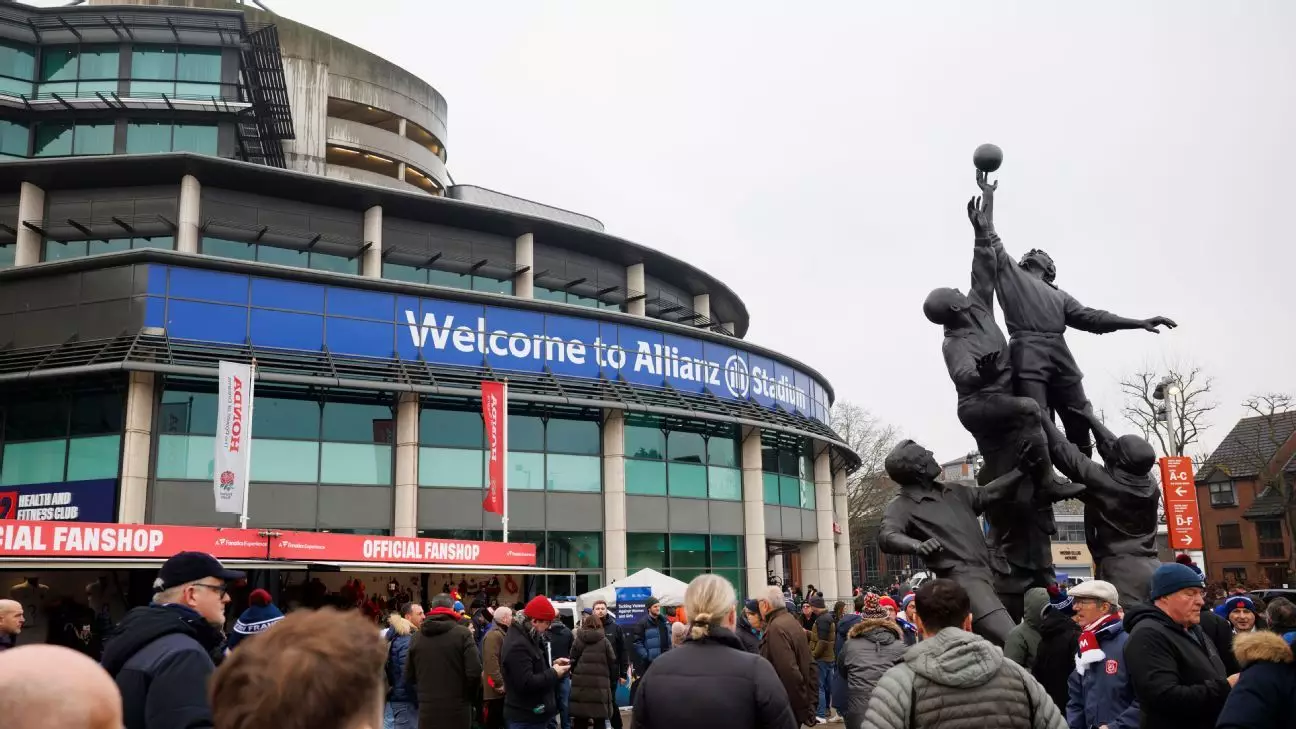The Rugby Football Union (RFU) is contemplating a partnership that could reshape the dynamics of sports venues in London. The proposition involves Chelsea FC potentially sharing the iconic Twickenham Stadium during a redevelopment phase at Stamford Bridge. This deal could present both clubs with new opportunities. The RFU’s enthusiasm resonates with a crucial need: diversifying the stadium’s event portfolio to recover from previous financial setbacks.
Whilst the conversation hinges on sharing one of the largest rugby venues in the world, the complexity of such an arrangement cannot be overstated. Bill Sweeney, CEO of the RFU, highlighted that any plans must clear substantial approvals from the local council. This underscores a critical reality in sports management: community relations cannot be overlooked, especially in an area where local sentiments run deep.
Financial Implications and Practical Challenges
For the RFU, a ground share could inject vital revenue streams, particularly after experiencing record losses last year. This financial injection could bolster the rugby body’s broader strategy to foster more non-rugby events at Twickenham, which would subsequently permit a greater variety of sports and cultural events. However, the current regulations restricting non-rugby happenings pose a significant barrier, limiting the number to only three events per year, with a capped attendance of 55,000.
If regulations were to change, there would be an opportunity not only for Chelsea but potentially for other clubs in various sports. The prospect of hosting a Premiership team may excite rugby enthusiasts and create a buzzing atmosphere at Twickenham that has yet to be fully realized. Yet, the devil remains in the detail: Richmond Council’s approval hinges upon careful consideration of impact on local residents, who may be apprehensive about increased noise and traffic associated with expanded events.
Community Concerns at the Forefront
The sensitivity surrounding this discussion illustrates the importance of local community sentiment. Residents near Twickenham may have mixed feelings about additional games, even if they promise economic benefits. Sweeney mentioned this balancing act, emphasizing that the ‘sensitive’ nature of local concerns cannot be ignored. Each increase in attendance can lead to a ripple effect, impacting parking availability, noise levels, and overall local transportation. The synergy or friction between Chelsea’s fan base and rugby supporters could greatly influence the feasibility of this partnership.
While some may view this collaboration as a mere financial endeavor, it embodies potential cultural blending and camaraderie between two of London’s most storied clubs. If managed correctly, this could herald a new age for sporting events at Twickenham, transforming it into a multi-sport venue that would be a touchstone for varied audiences while preserving a respectful dialogue with local residents.
The RFU’s pliability in adapting to this environment could signal not only a shift in operational paradigms for iconic venues but also redefine what it means to foster community in sports. Breaking the mold may be exactly what both rugby and football need, aligning business success with community goodwill.

